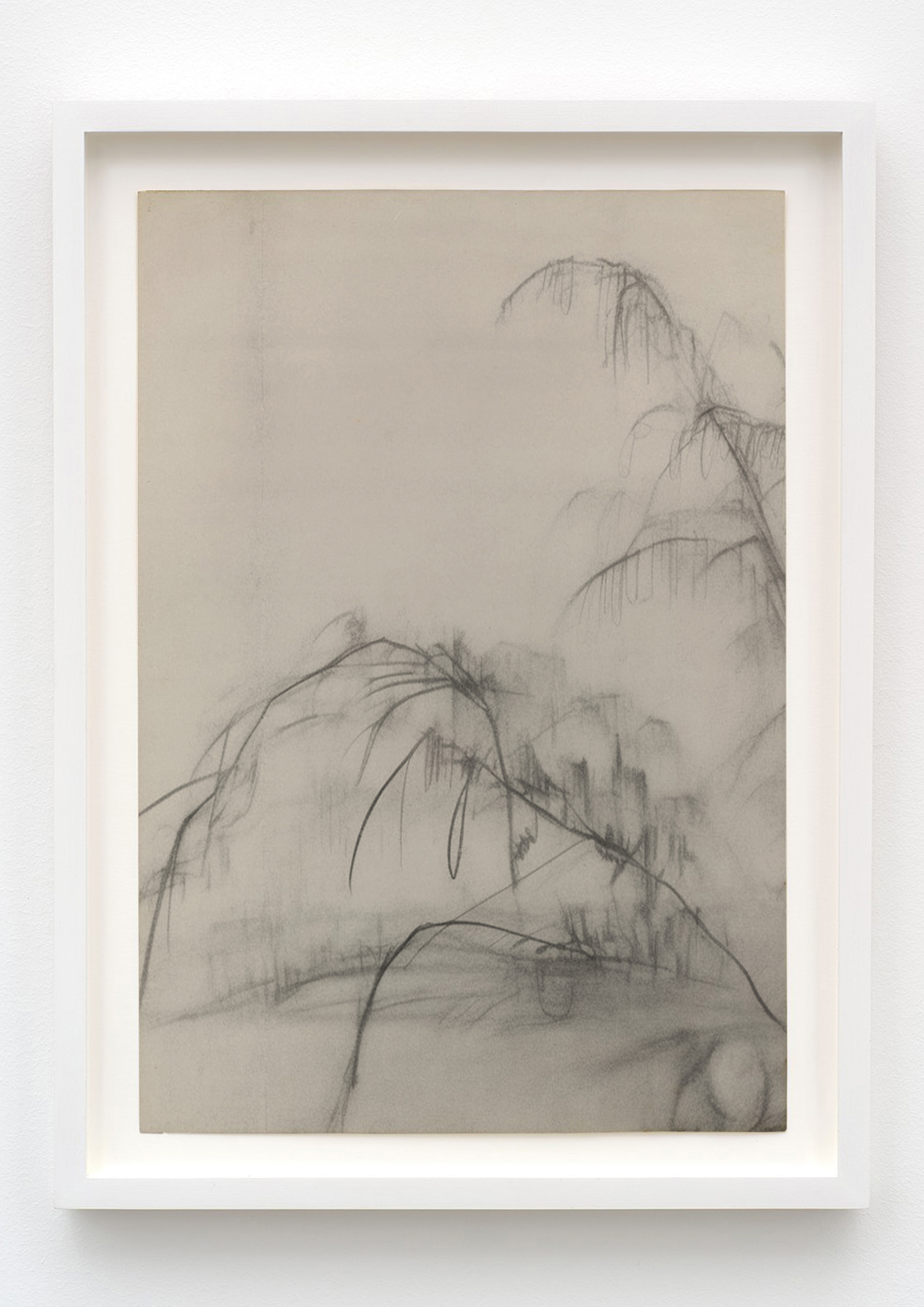







氤氲之韵
QI
"Study of Qi in Traditional Chinese Painting"
In the process of recognizing the objective world, people have reduced to the natural world the intangible things that do not transfer through matter, gradually forming the concept of "Qi" (气) in Chinese philosophy.
As Zhuangzi said, "all things are constantly changing and moving, How can we perceive them?" All changes of things are closely packed together in the formless realm. The past is extinguished, and the future emerges anew, constantly moving without any gap between emergence and disappearance. In traditional Chinese painting, artists are not so much painting as they are painting the Qi. This is related to the philosophy of Qi transformation in Chinese culture. Thus, traditional Chinese paintings depict a world of vaporousness and boundless fusion. Everything has its form, which is external; and its Qi, which is internal.
Ancient Chinese painting did not have the clear perspective of the Renaissance in the West, but as early as the Tang Dynasty, there was exploration of the rationalization of space in landscape painting. These ideas were reflected in Song Dynasty landscape painting. Although the layout of objects in the painting and the angles in which they were placed differed from the actual natural landscape, this kind of space in the painting often resonated with the psychological experience of viewers after visiting a particular region - it was a summary of their experience of the true landscape, a kind of "post-travel" style of landscape space. It can be said that Song Dynasty landscape paintings are a representation of a certain psychological feeling or memory overlay of the true landscape, which we can call the "recreation of the psychological landscape space". It is a spiritual, ever-changing and intangible feeling that emphasizes the inner experience and the pursuit of the harmony between the mind and nature.
Everything in the world has a physical form, but it is also infused with qi, which is its internal essence. When painting, one must paint the Qi, which is not the material Qi, but the vitality. Zhuangzi's philosophy of chaos opposes the separation of "boundaries." Boundaries are separation, and the vitality of the whole is not separated, there are no boundaries, thus, it is a harmonious whole. Life is a holistic entity, and separation is not life. All things in the world are interconnected and boundless.
pastel and charcoal sticks on paper
2007
2007